Porto Tourism Information

It is Portugal's second largest city, after Lisbon, located in the north of the country; it's characterized by Bridges and port wine. Although it has been mainly an industrial city in the past, recently its appeal has grown a lot with local, international tourism. The city centre has plenty of charm with art treasures, medieval cathedrals and museums.
The main reason tourists visit Porto is to sample its legendary port wine, processed, blended and aged in the various lodges. Visitors can tour the lodges and finish up with a tasting session. The city also has a historic riverside district called Ribeira, which is undergoing restoration and has been classified as a UNESCO World Heritage Site.
The city can be enjoyed as a great weekend getaway, a day tour or as part of a multi-city visit when exploring Portugal. But, make sure you don't miss any of its highlights!

Porto has a Mediterranean climate with hot, dry summer weather and mild, wet winters. The average summer temperature is 25°C) but can rise as high as (42°C. Winter temperatures typically average at about 15°C but occasionally drop below 0°C at night. Weather-wise, best time to travel to Porto is probably between April and October, with Summer months June-August being the hottest with high levels of tourism in the region.
The city offers a practical and easy way of transport. If you are coming from the airport, you can easily get to the city centre within less than 30 minutes by metro. Line E (Purple) runs every 10-20 minutes for €2.60. You can connect to many lines at Trindale station, which is the main transportation hub for the metro and many local busses pass by. The metro is a practical way of moving around, it's a light rail network that runs underground in central Porto and above ground into the city's suburbs. You are able to download the map for the metro below. Additionally Porto has a comprehensive bus network and Funiculars.
Tickets start at €1.20 (plus €0.60 paper issue ticket) and go up depending on the number of zones you cross. Fares on Funiculars cost €2.50 one way. You also have 24h tickets for €4.15 two zones.
There is also a commuter rail network which is great to travel to the outer regions and towns of Porto. You can get a daily ticket for unlimited travel on all trains for €7, valid for 24h from the time of validity. These tickets are available to buy from tour agencies and tourist info stands around the city. SIngle tickets can cost up to €3.25 single.
✔️Tip: Take the train if you are planning to visit the regions of Guimarães, Braga or Aveiro.


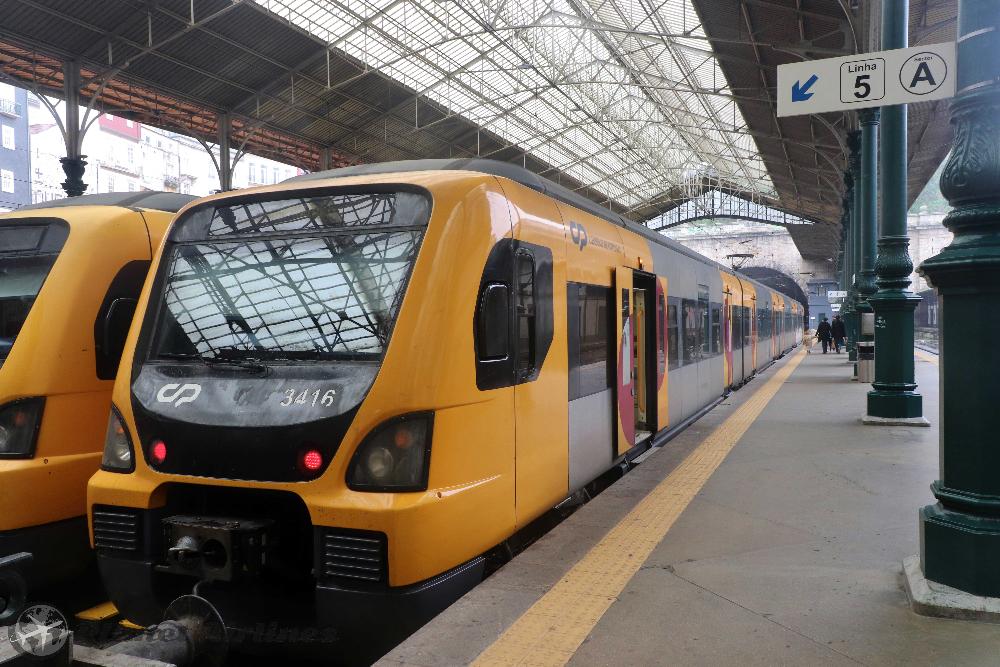
A holiday to Porto can't go without trying some wine, which is what the city is mostly renowned for! However, the diverse city of Porto can offer far more than just drinking, as the city is equally famous for its architecture and many intricate bridges. Despite being principally an industrial centre, Porto also enjoys a great many historical and cultural attractions. An array of cathedrals and interesting museums are dotted around the city.
Once visitors have taken a few walks around the city and walked around, another option is to explore the scenery, via a boat cruise on the River Douro, or a trip to one of the many neighbouring fishing villages and medieval towns like Guimarães or Braga.
Below you will find the highlights of what to do and see in Porto:
- Porto City Centre: When you arrive and start walking around the old city, you will discover many of its attractions automatically by a nice walk either next to the river, venturing between the small cobbled streets and reaching the top of the hills where to see a view of the city. Churches, tile covered houses and other monuments, pedestrian commercial streets, bridges and squares (plazas) form a good combination of sights within practical walkin distance. Don't miss the following important sights of the city: Igreja dos Clérigos📍, São Bento Station📍, Porto Cathedral📍, Mercado Ferreira Borges📍, Bolsa Palace📍, Bairro da Ribeira📍, Church Santo Ildefonso📍,Luís I Bridge📍, Teleférico de Gaia📍, Jardim do Morro📍, Miradouro da Serra do Pilar📍 (viewing point), Câmara Municipal do Porto📍 (with Porto Sign) and the classic trams 1 and 22 which travel around the city centre.





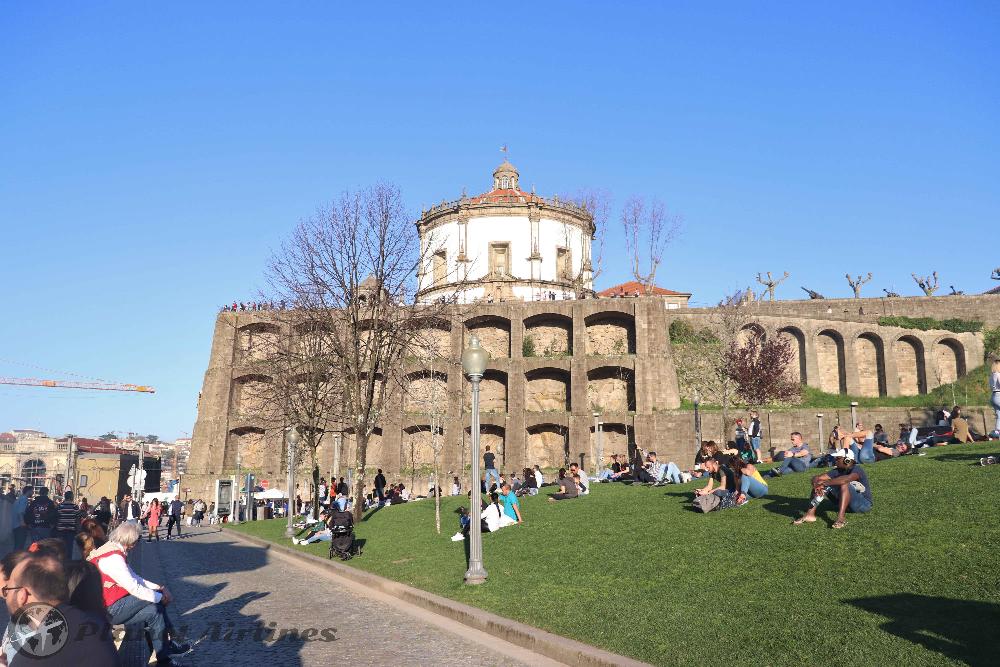
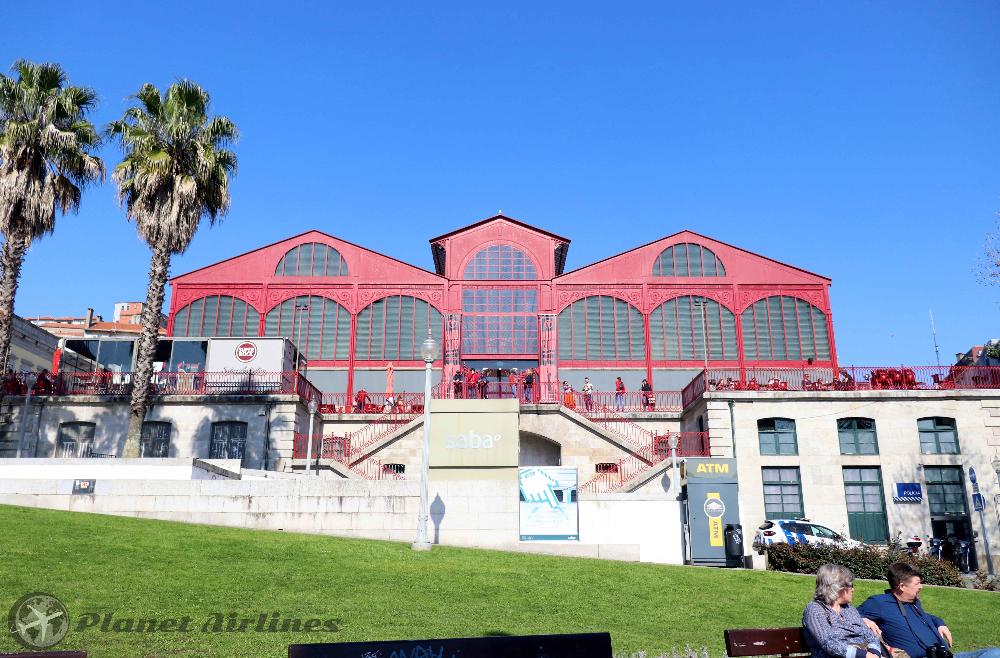





- Church of St. Francis: On the Porto waterfront stands this church, dating from 1383. While not very imposing from the outside, it has a lavish Baroque interior that was created in the 17th and 18th centuries. The Igreja de São Francisco (Church of Saint Francis) is the most prominent Gothic monument in Porto. It is located in the historic centre of the city and has been ,also declared, a World Heritage Site by UNESCO.
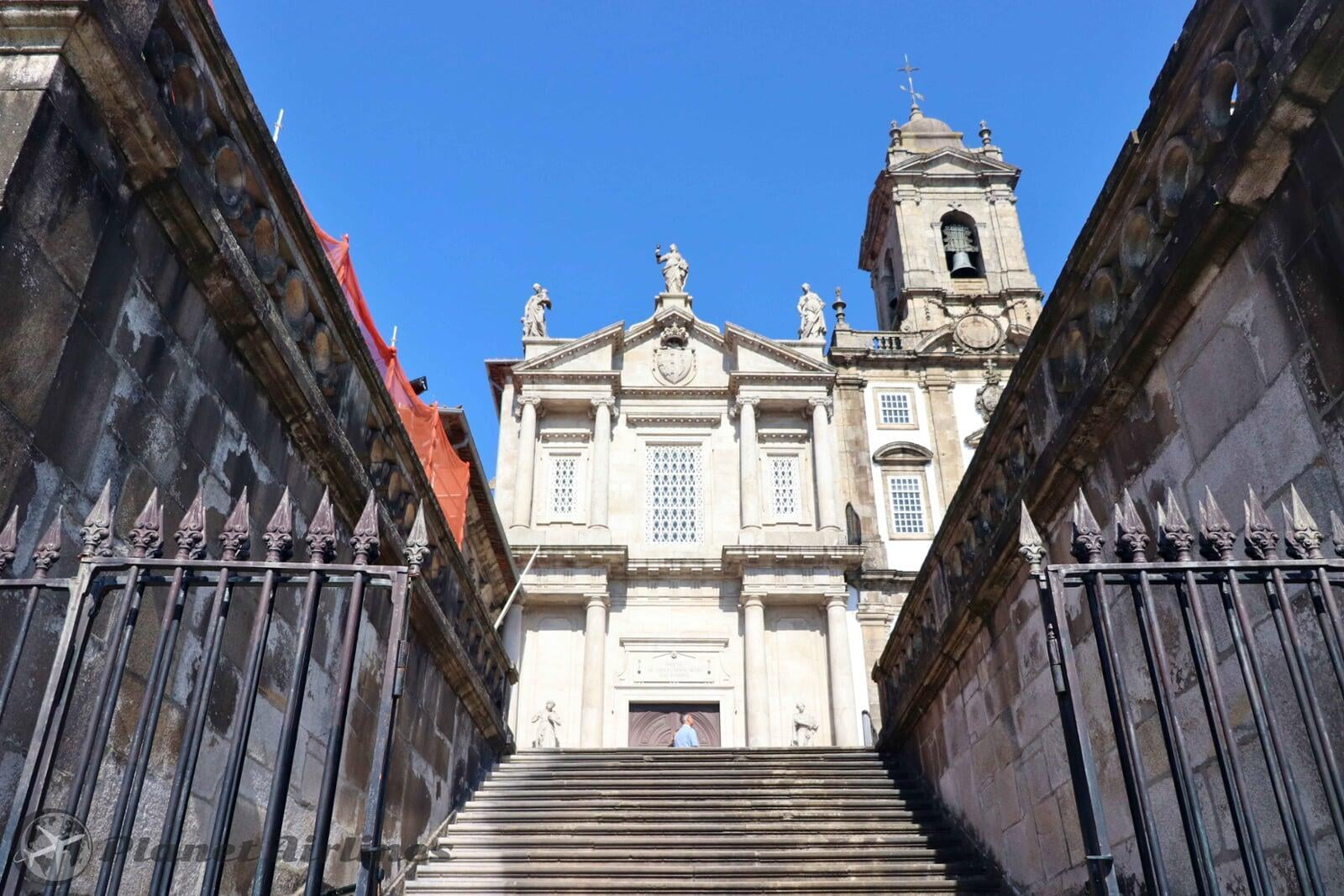

- The National Museum Soares dos Reis: located in the ancient Carrancas Palace in Porto, is one of the most renowned Portuguese museums. This extensive art museum opened in 1840 and is today dedicated to Antonio Soares dos Reis, the famous sculptor born and bred in Porto. The gallery also houses a foreign art collection which includes works by the Dutch, Flemish, Italian and French masters. There is a large collection of Portuguese 19th century works, including those from the Porto school, and exhibits of ceramics, glassware, gold and silverwork, and furniture.

- Real Companhia Velha: It is the oldest and most emblematic wine company in Portugal, having celebrated over 260 years of existence and uninterrupted activity in the service of Port Wine. Since the founding on the 10th of September in 1756 by D. José I, King of Portugal, the importance of this Ex-Majestic Company was reflected by the valuable services to the community. The visit includes a video display of the company with an introduction guide to the cellars. Languages available for the tour are Portuguese, Spanish, English or French. You have the opportunity to taste the wines with a selection from a white and a red wine. TO get there you can take the metro to General Torres station and then walk less than 10 minutes.
✔️Tip: Take a train tour including the wine tasting in Real Companhia Velha: For €10 you can take a tour which goes around Porto explaining the historical sights and you get to stop at the wine cellar to taste the wines and take a tour. This is a value for money activity. Take the train and buy the ticket at the Magic Tourism office 📍.




- Vila Nova de Gaia : This suburb of Porto lies along the south bank of the River Douro, on the site of an ancient fortified village. Today, it's home to more than 50 wine companies who operate their lodges in the winding narrow streets flanked by red-roofed buildings. Most of the lodges in Vila Nova de Gaia welcome visitors for tours and tastings. Among the best known are Sandemans, housed in a former 16th century convent, and Taylors. The suburb also features a 16th century monastery that has interesting circular cloisters and a terrace where the Duke of Wellington planned his attack on the French in 1809.
✔️Tip: Around this area you will find plenty of restaurants, bars, the cable car attraction, street sellers, dining-boat experiences and local covered market, now made a social drinking and eating place for tourists and locals.
For those who are visiting a little longer, you might want to make the most of it by visiting some interesting places in the outskirts of Porto. Half day or full day trips are required as you need to take transport or tours to reach these destinations:
- Bragança: In the remote northeast province of Tras-os-Montes, the small provincial capital, Bragança, lies close to the Spanish border and is slowly being discovered by tourists. This is mostly because of its fine local museum and the small medieval village and castle on a hillock overlooking the town. Between the medieval citadel and the cathedral is the garden of the Museu do Abade de Baçal. The museum itself houses a collection of sacred art and watercolours painted by Alberto Souza. The trip takes 3 hours each way for around €24 return. Book bus tickets at https://www.rede-expressos.pt/
- Guimarães: Is a historic town within the Porto region, located just over 1 hour by train, is regarded as the birthplace of Portugal. Here, in 1128, Afonso Henriques became the first king of the country. Guimarães has many medieval buildings and fortifications, and has been declared a UNESCO World Heritage Site. One of the main attractions is the tiny Romanesque church where Afonso was allegedly baptised, and the imposing Palace of the first Duke of Braganza. There are numerous other Gothic, Romanesque and Baroque delights to discover in walking around the town. There are also two excellent museums: The Museu Alberto Sampaio contains religious art and relics and is housed in a monastery, while the Museu Arqueologico Martins Sarmento displays the finds from a nearby Celtic hill settlement. To get there take the train from São Bento Station in the heart of the city for €3.25 single. Check timetables as trains run every 2 hours.

- Braga: is an interesting tourist destination that combines history and culture, with numerous outstanding tourist attractions. The city is often regarded as the religious centre of Portugal, and this is confirmed every hour when a cacophony of different church bells ring-out. Braga is home to the oldest cathedral in Portugal, and a day’s sightseeing can provide a glimpse into the importance and extensive history of the city. Within the maze of narrow streets, Gothic churches back onto modern shopping streets and grand baroque buildings surround peaceful plazas. To get there take the green rail network line to Braga, the last stop, taking just under 1 hour to get there. Trains depart every hour from Porto São Bento Station.

- Aveiro: is a popular tourist destination, famed for its canals, Nouveau architecture and colourfully painted Moliceiros boats. The city lies on the edge of the Ria de Aveiro, an expansive saltwater lagoon that was historically farmed for its seaweed, salt and bountiful fish.Today, Aveiro is a bustling university city, with an authentic fishermen’s district, ornate Art Nouveau houses, and numerous grand religious buildings.Aveiro is often visited as a day trip from Porto, being connected by a direct train and offering a range of unique sights and activities. The trip takes about 1 hour from Porto São Bento Station. Visitors who wish to spend longer in Aveiro will discover a vibrant nightlife and the beautiful beaches of Costa Nova coastline.
- Vila do Conde: Is a small town at the mouth of the River Ave, 33km, north of Porto. Vila do Conde has become a popular summer holiday resort because of its sandy beaches and rocky reefs. This is despite that it does not often feel like a resort. The town has some entertaining local industries, mainly hand-hewn boat building, lace-making, hand-knitting and sweet making. Visitors are welcome at the Rendas lace-making school, where fine examples of the local lace can be purchased while the large Friday market is a good place to find both souvenirs and excellent local food. To get there take metro line B to Vila do Conde station, it takes 45 minutes to reach.
In central Porto, the liveliest place to head for is Ribeira, the vibrant historic heart of the city, which is also a popular students' gathering and meet up place.
For a flavour of traditional Portugal, go to a Fado bar where you can hear a form of Portuguese blues with melancholic artists singing of lost loves and regrets.
The distinction between bar and nightclub is slightly blurred, as most bars stay open until the early morning hours.
However, if you want to dance the night away, Porto has a lot to offer, from traditional ‘Fado’ evenings to dance clubs in converted warehouses.
The city of Porto offers a rather diverse and interesting shopping scene, with plenty of opportunities to pick up some good Portuguese souvenirs. Porto is home to many different delicatessens, where you can purchase some tasty delicacies for a either to eat on the go or take as a gift.
Those shopping for shoes in Porto will also find a seemingly endless selection of shoe shops, which are better known locally as 'sapatarias'.
For vintage port and top-quality wines, check out the numerous warehouses within Ville Nova de Gaia, or head to the Garrafeira do Carmo on the Rua do Carmo, where you will be spoilt for choice.
Porto’s main shopping street is the pedestrianised Rua de Santa Catarina in the city centre, including international brands as well as the large Centro Comercial Via Caterina shopping centre. However, the small streets off the main streets are also worth a visit, brimming with independent shops selling fresh bread, cheese or cakes, inbetween bookstores and traditional shoe stores.
Porto’s open-air markets are also worth a visit, for getting a taste of daily Portuguese life. To pick up local delicacies such as chocolate and sugar almonds, the Arcadia patisserie on Rua do Almada, 63 is worth a try.
Porto is a great destination for families, couples, solo travellers and friends with all budgets! Luckily the city, despite getting more popular recently, has not left behind a more rustic feel, in the neighborhoods which are being upgrading little by little. This makes for a good amount of private and public accomodation options. Hotels can range from the distance you are staying in the city centre, but generally are priced around €60-80 per night. If you are looking for something more affordable then Airbnb might be a good answer, with many flats and houses being refurbished now to carter for the lower budget.
Hostels and shared accomodation is also very popular and you can find decent places in the heart of the city for around €20-25 a night.
Take note of the location of your accommodation, as Porto has many hills so it can be difficult if you suffer from any muscular problems.
Being a small city, Porto can be seen easily even within a day. However, that's if you like walking, since there are many hills up and down which can make it more of a challenge. But the views are worth it and places are unique with much character. Taking on the city with a more relaxed approach will require 3 to 5 days where you can combine some escapes to the outer villages or towns that make up some important cultural places of interest like Braga, Aveiro or Guimarães for example.
There are also lots of natural outdoor places to visit, so combining your trip with a beach holiday can make it the perfect trip in the hotter months!
Porto Photo Slide 📷






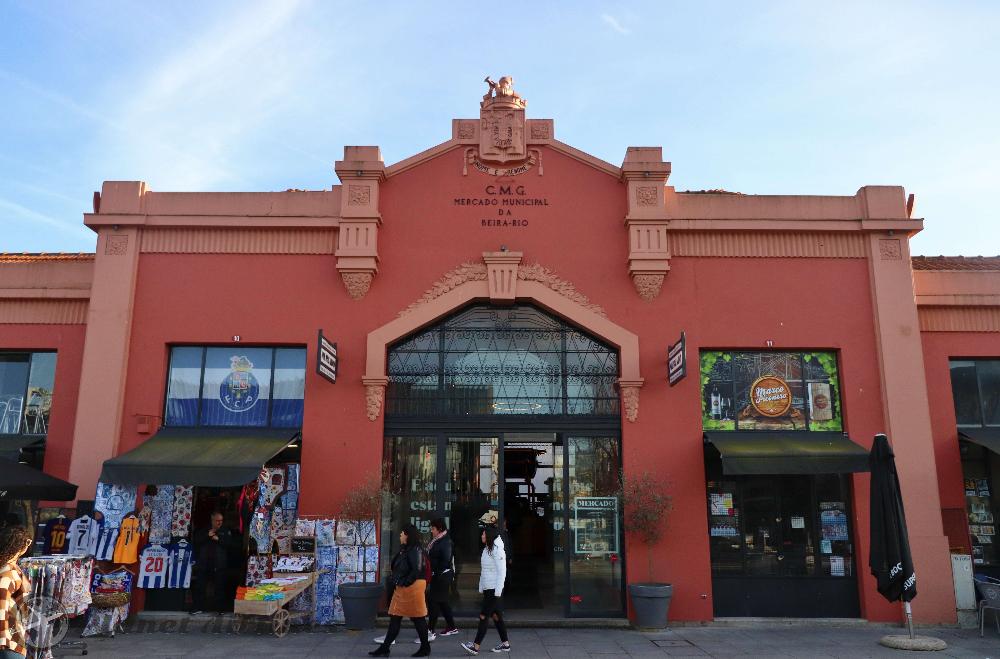
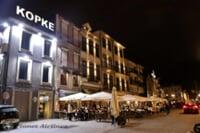
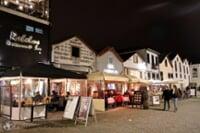
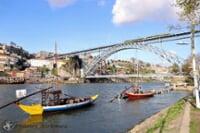
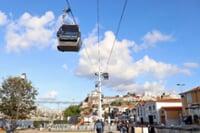
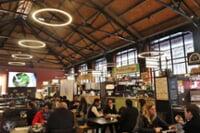
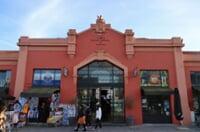




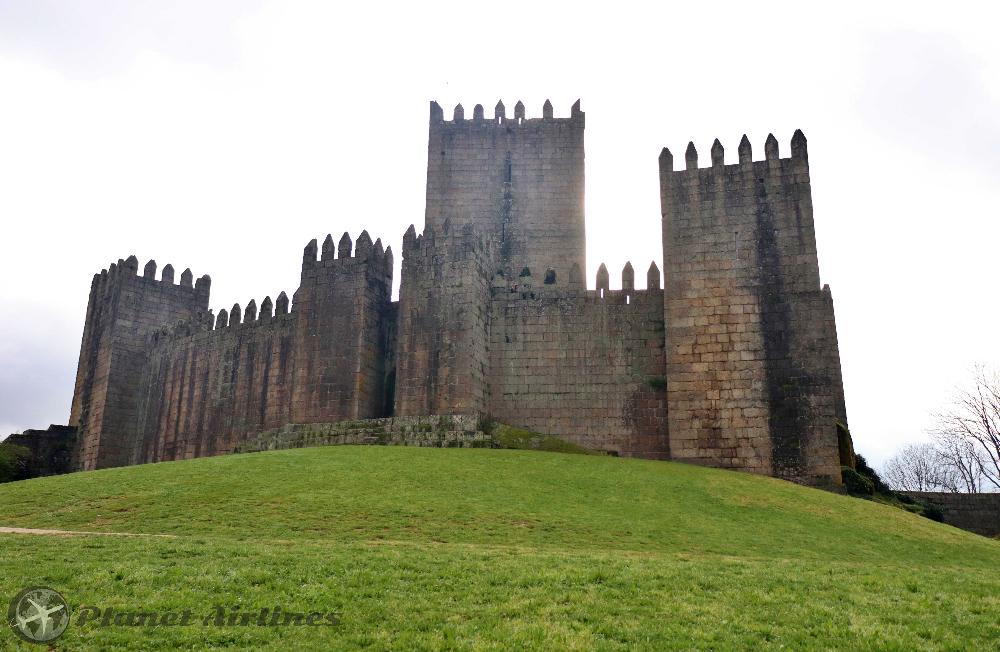

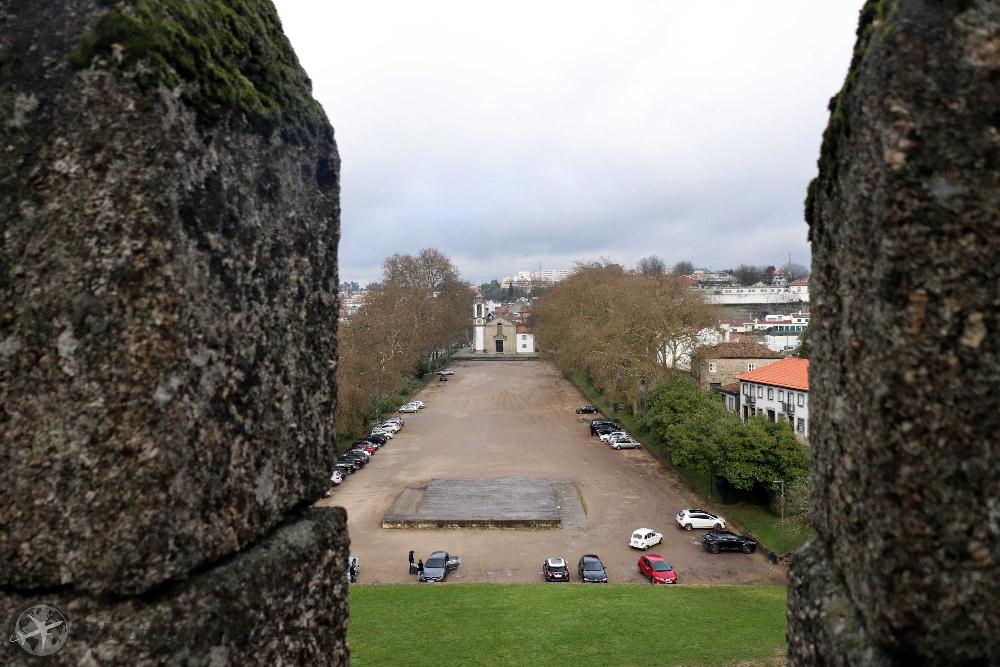





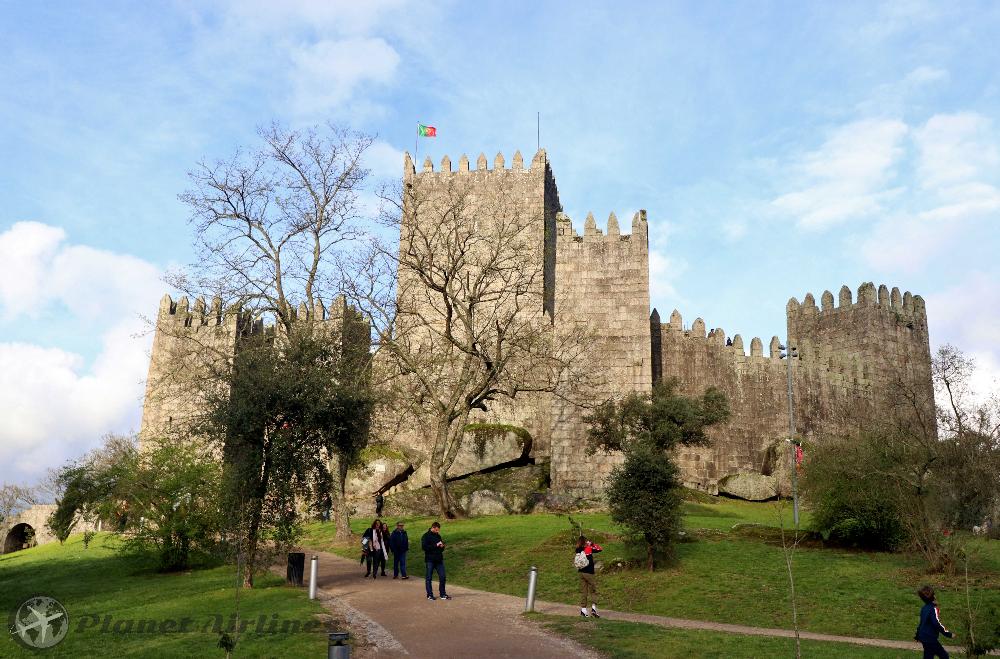

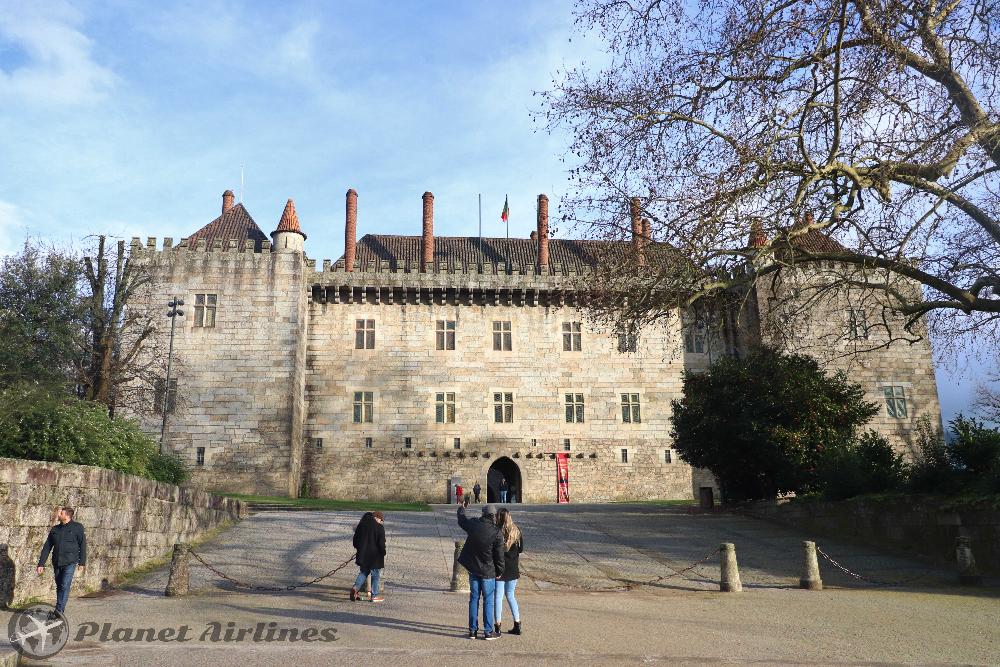

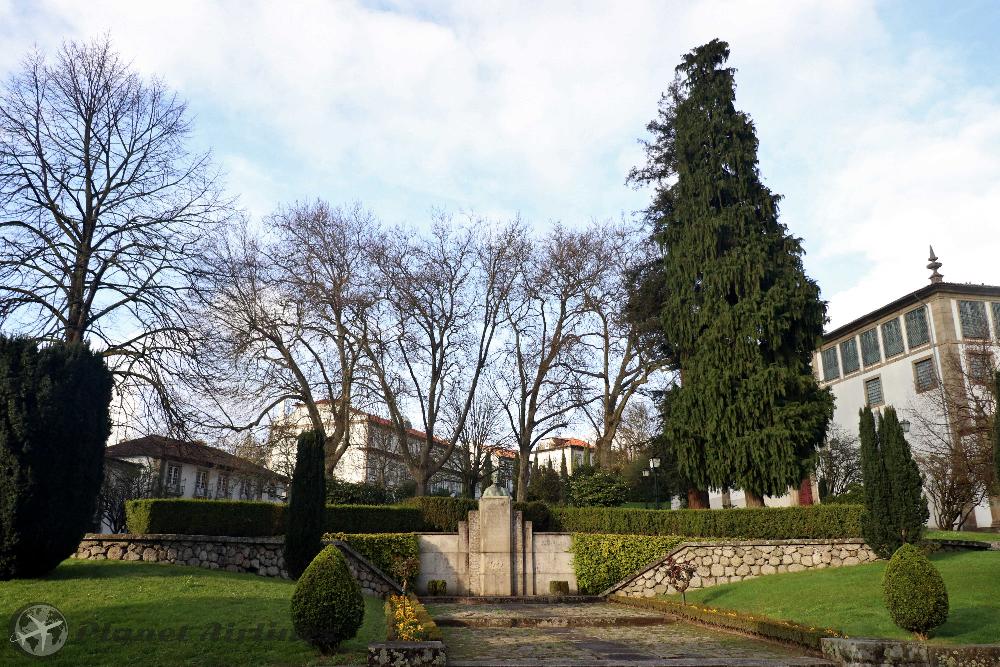

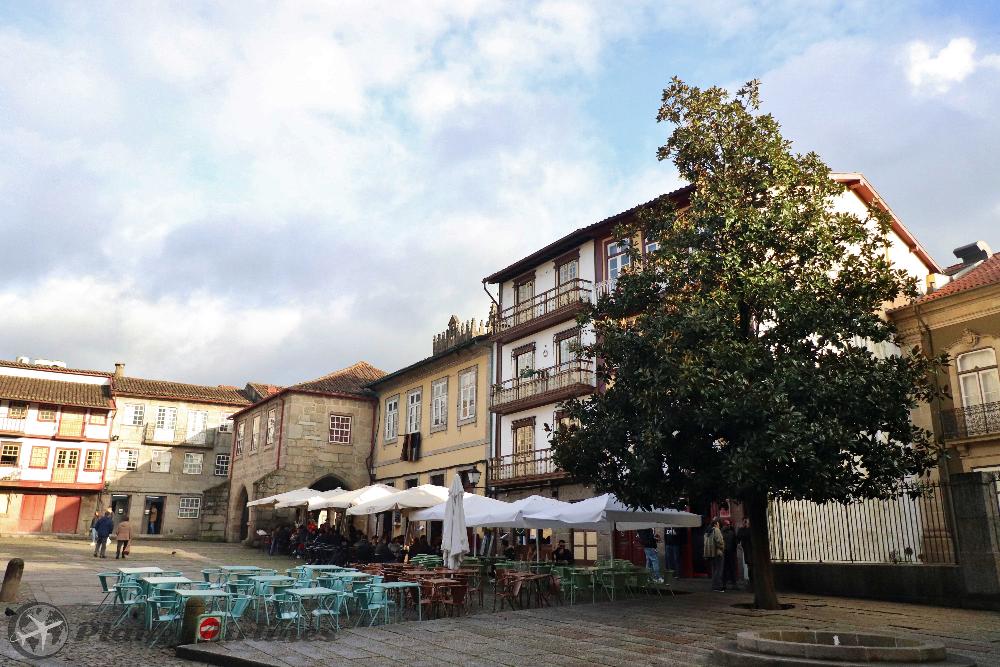


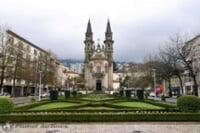
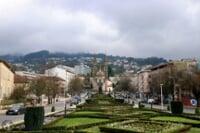
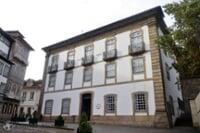
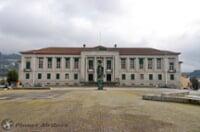
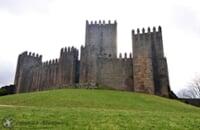
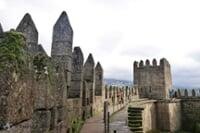
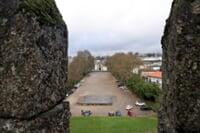
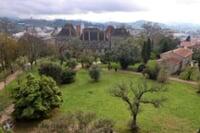
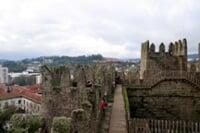
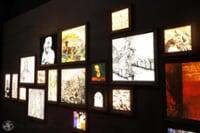
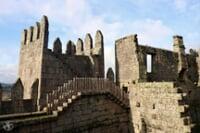
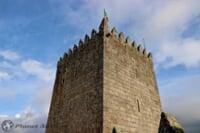
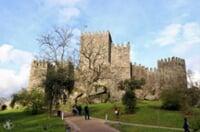
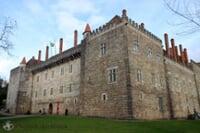
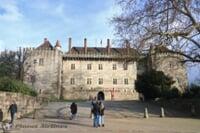
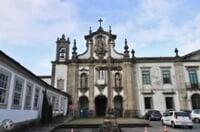
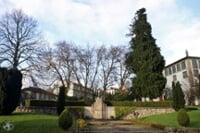
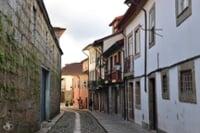
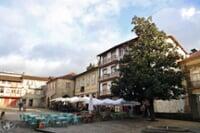
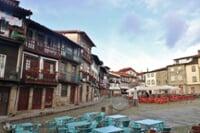
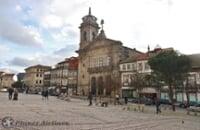
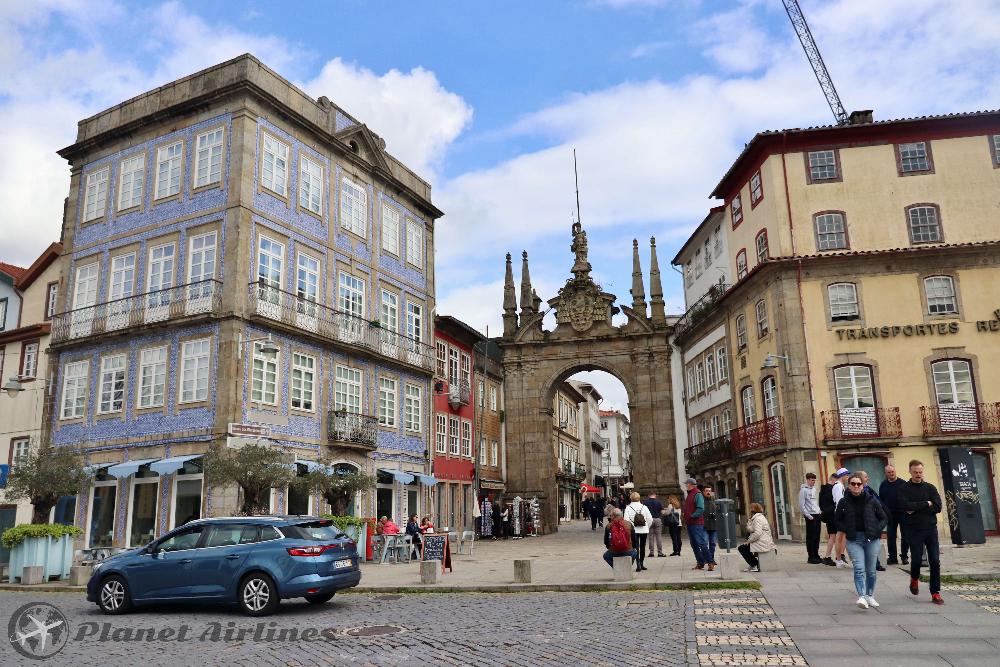

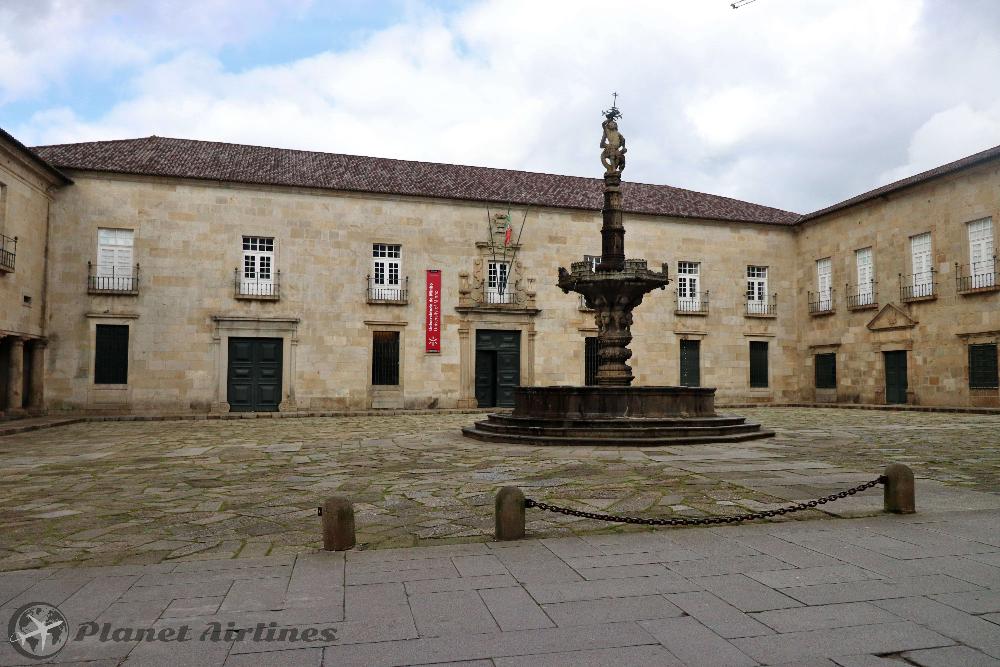

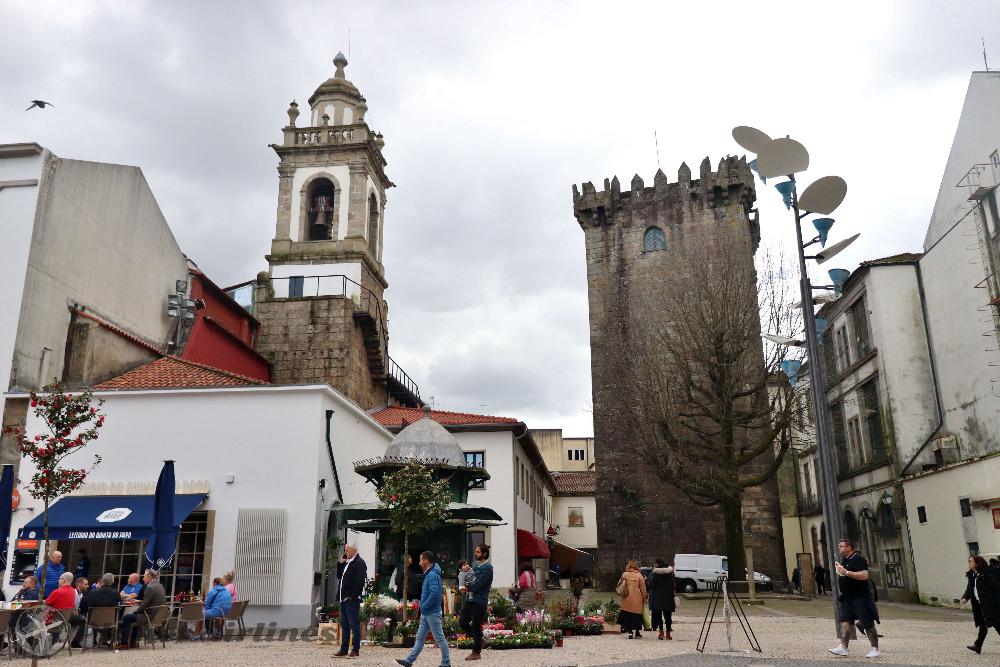


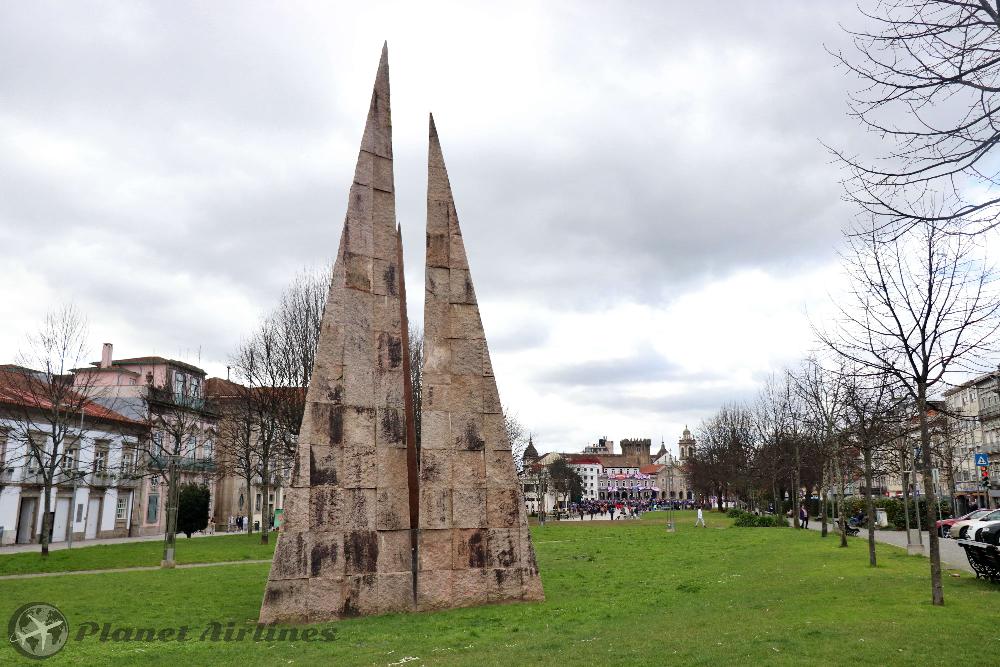
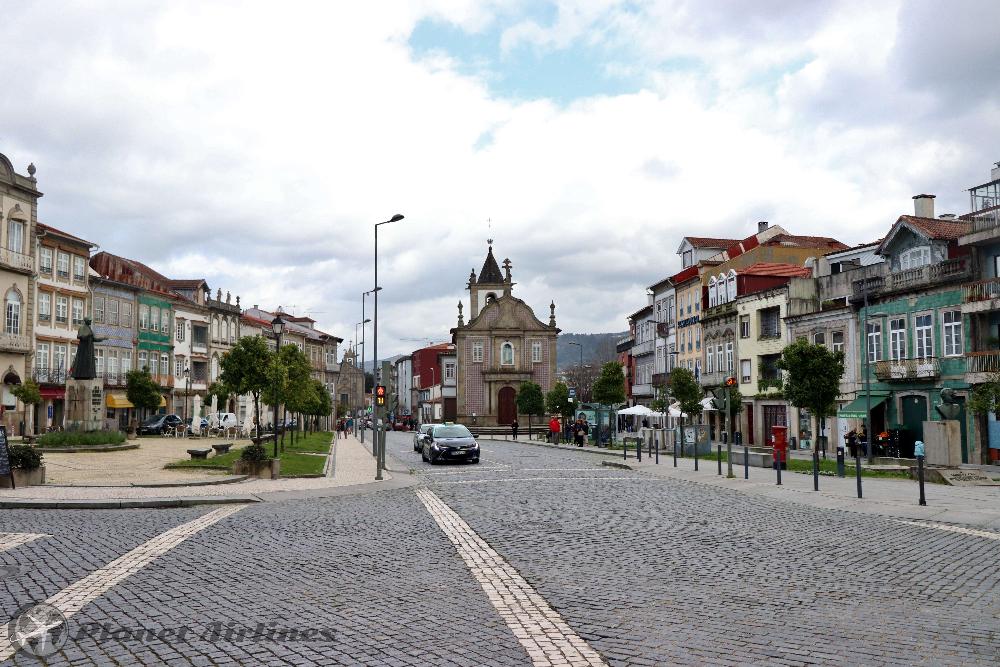



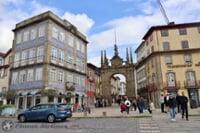
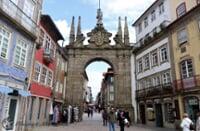
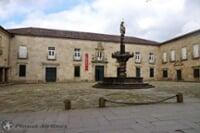
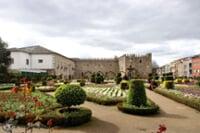
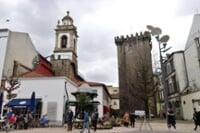
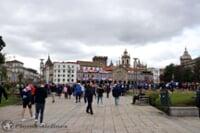
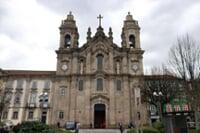
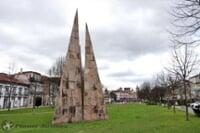
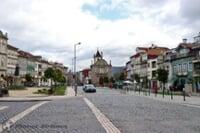
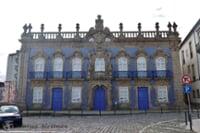
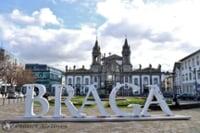
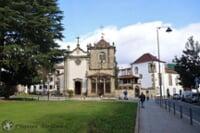


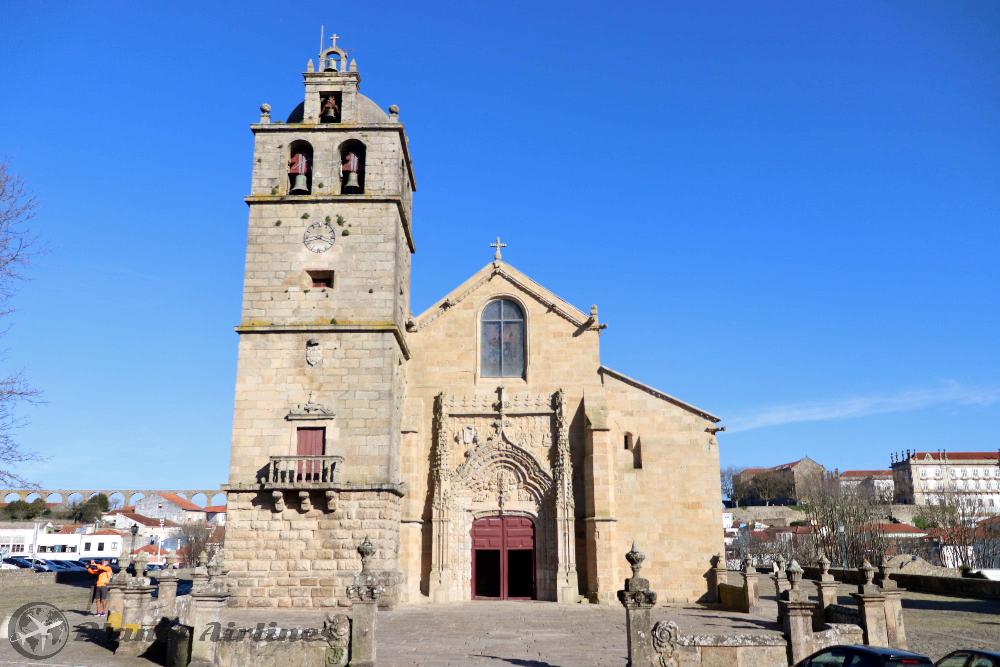


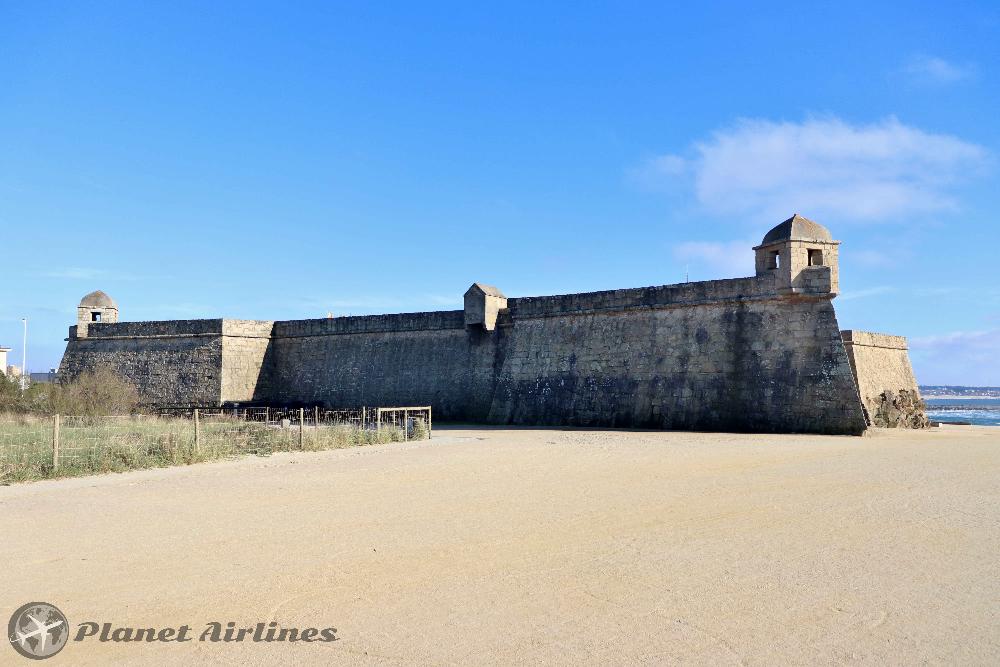

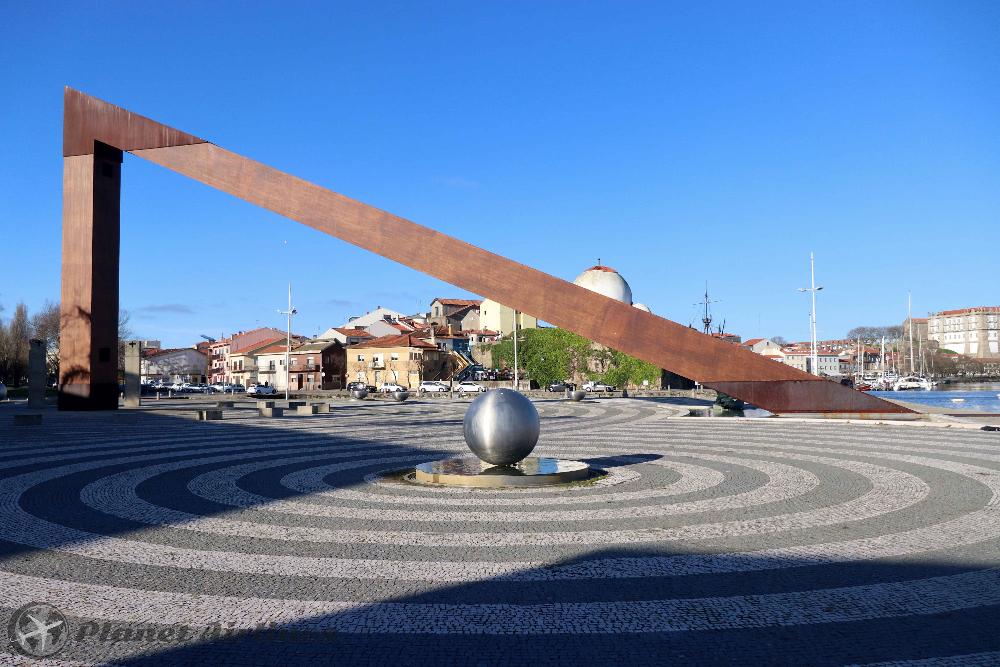





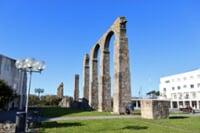
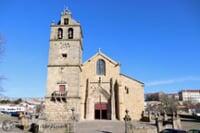
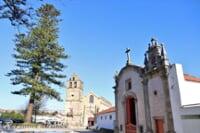
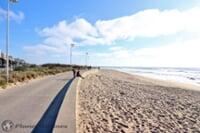
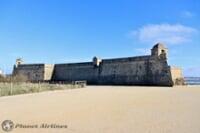
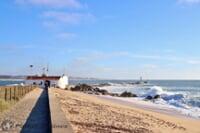
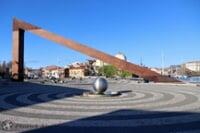
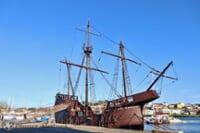
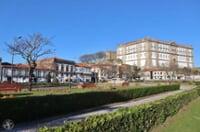
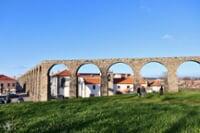
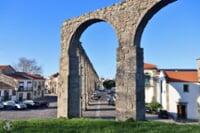
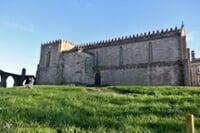























.png)